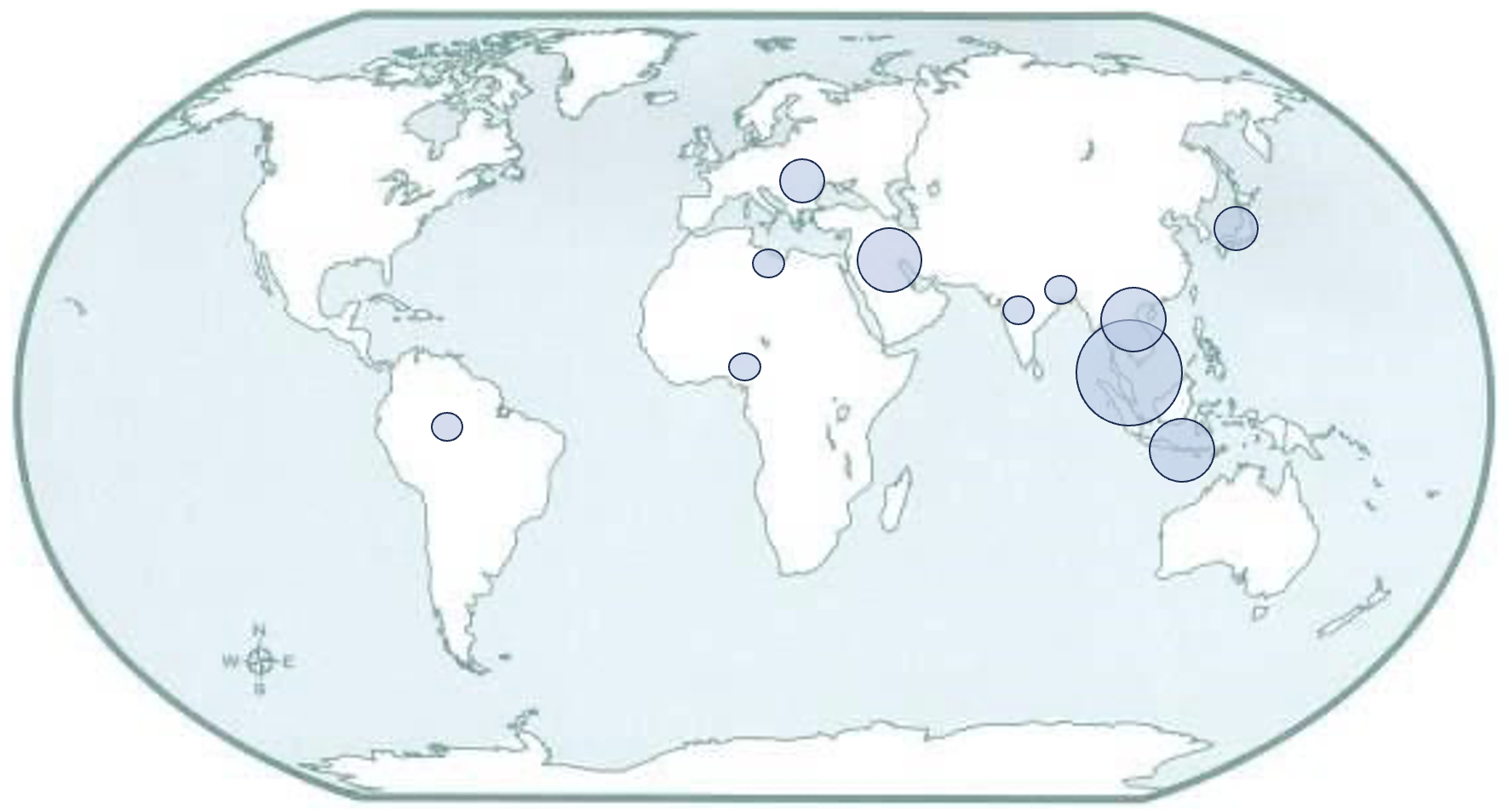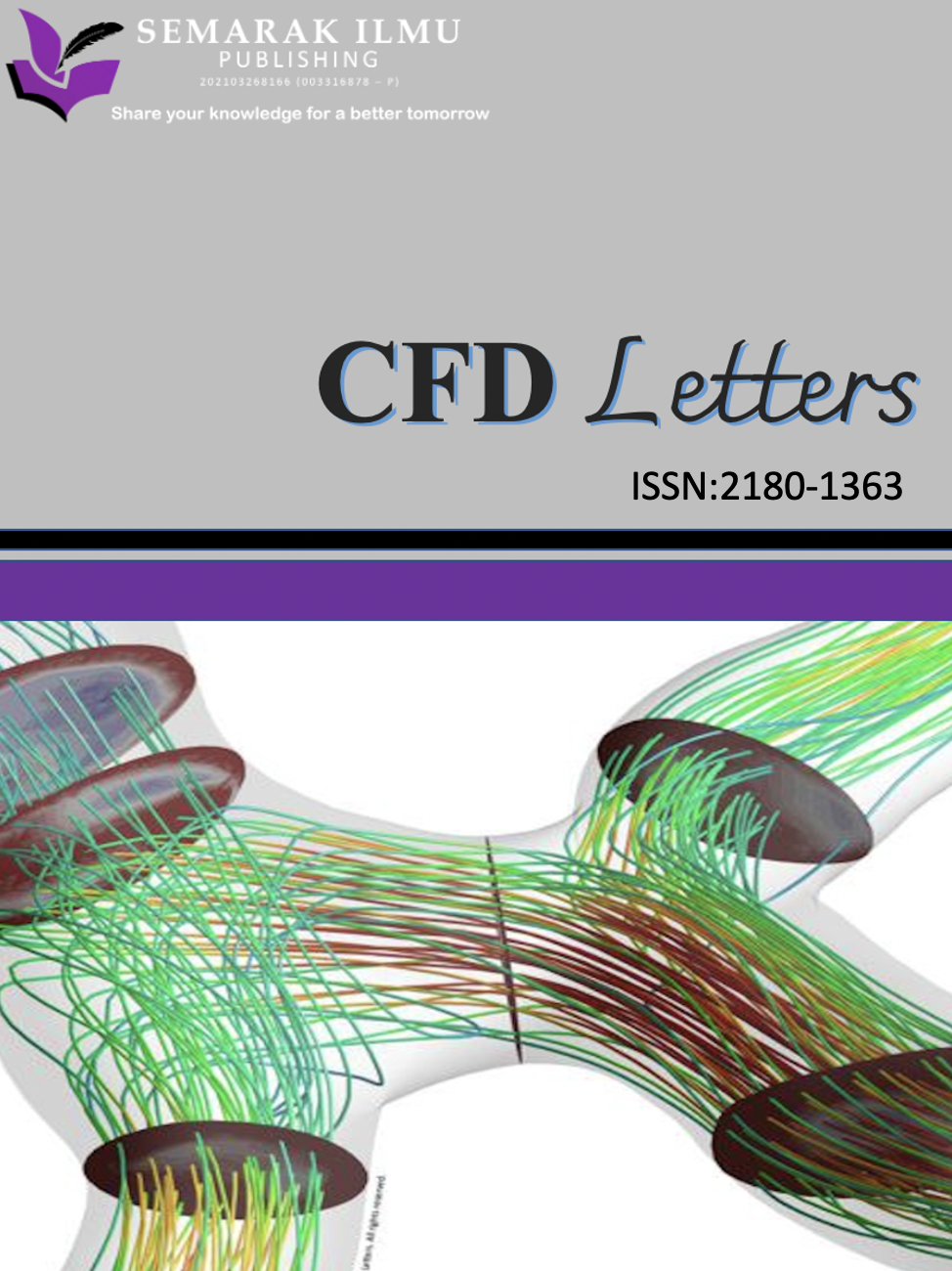Characterization on Structural and Electrical Properties of Manganese-doped Potassium Sodium Niobate (KNN) Thin Film by Sol-gel Method
DOI:
https://doi.org/10.37934/armne.29.1.3645Keywords:
KNN, manganese-doped, thin film, sol-gel, surface morphology, interplanar spacingAbstract
The aim of this study is to create and examine thin layers of Mn-doped potassium sodium niobate (KNN) using the sol-gel method. The objective is to examine and resolve the problem of elevated leakage current density that arises at high electric fields in KNN films. The objective is to enhance the dielectric and ferroelectric characteristics by including manganese (Mn) dopants at various concentrations ranging from pure KNN to 0.9%, while maintaining acceptable insulation resistance. X-ray diffraction (XRD) was employed to investigate the crystalline structure of Mn-doped KNN thin films. Based on the XRD analysis, the Mn-doped KNN thin films exhibit an orthorhombic crystal structure during manufacture. The presence of KNN thin films is confirmed by the XRD peaks, indicating a successful synthesis. The microstructure and surface morphology of the thin films were examined using field-emission scanning electron microscopy (FESEM). The most significant outcomes in terms of dense grain growth and uniform grain size were observed in thin films of KNN doped with 0.3% Mn. Based on the findings from the FESEM and AFM, the cracks were covered with thin films of uniform thickness, and the surface data of the KNN thin films did not provide any support for them. Atomic Force Microscopy (AFM) and Piezoresponse Force Microscopy (PFM) analysis indicate a notable enhancement in the surface morphology and the value of the piezoelectric coefficient in Mn-doped KNN thin films, with an increase of 0.3%.
Downloads

























